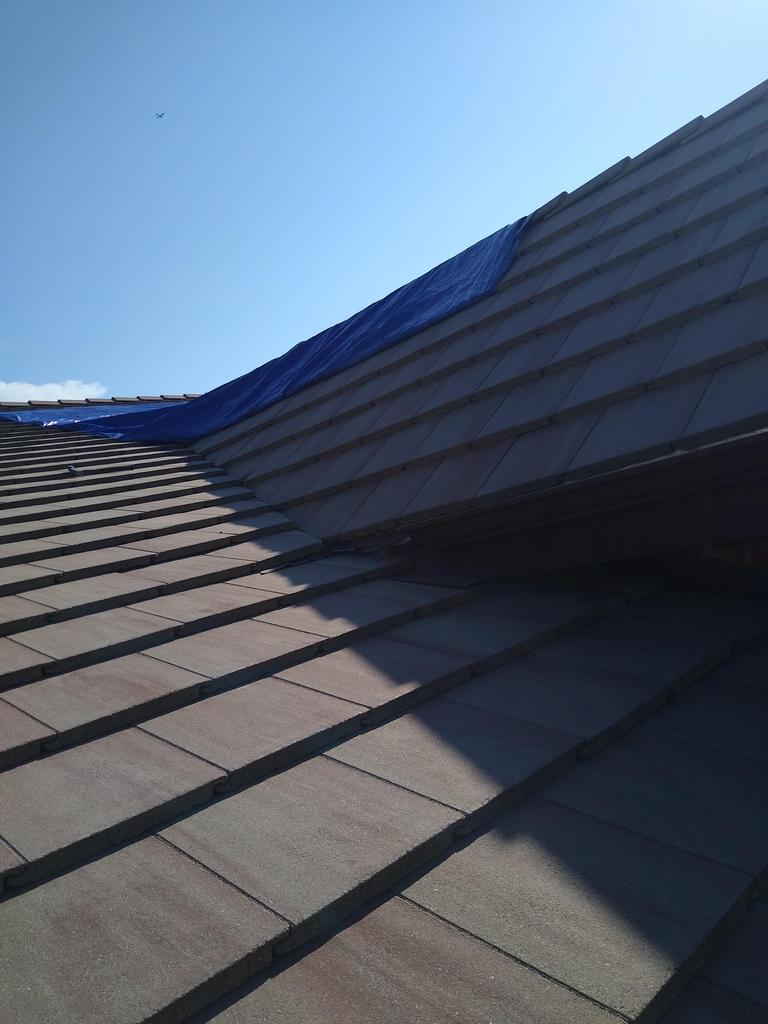Homeowners know that once you stop paying rent and have property all your own, a new set of
responsibilities open up. One of the most obvious is upkeep. When you own a home, anything
that breaks is now your problem, not a landlord’s, and it’s up to you to address the issue or let it
get worse.
However, when it comes to the exterior, such as the roof, things change here. Climate change
means more storms are coming; you need to be ready for that. Storms carry an increased risk of
roof damage, including high-impact kinetic damage like Hail. It would be best if you were
prepared to deal with these four common types of roof damage.
Wind
Probably the most common form of damage, especially as a result of storms. Wind damage
occurs when the rind reaches sufficient speed and travels in just the right direction to lift
shingles. When the wind gets under shingles, it can potentially cause “lift,” a phenomenon where
a difference in air pressure and speed under the shingle versus over it causes it to lift, like the
wing of an airplane.
With enough wind speed, this can tear the shingle off the roof, requiring replacement.
Debris
This may come in the form of branches or come directly from the sky, such as Hail. Debris
damage is when external objects impact the roof, physically damaging it and sometimes
removing shingles, the way wind does. A large branch that falls from a tree, for example, can
break shingles or even penetrate the roof itself if it is heavy enough.
On the other hand, Hail can be like widespread scratching and denting all over a roof, or even
break the roof, if the hailstone is large enough and traveling at a high enough speed.
Ultraviolet Rays
Some homeowners have noticed that if the furniture is repeatedly exposed to sunlight, this can
cause the colors to fade. This is due to ultraviolet radiation, and fading colors aren’t the only
consequence. Ultraviolet radiation on human skin, for example, can eventually cause cancer, and
even a home’s roof isn’t immune to the effects of this radiation.
In the case of a roof, UV radiation can cause the protective coating in roof shingles to evaporate
and even prematurely decay. Without this protective coating, shingles can dry out and eventually
crack.
Water
Finally, a roof that gets too wet can also be harmful. A roof’s slope is meant to carry water away
as quickly as possible, running down to a gutter and eventually a downspout. However, if a
gutter is not cleared of autumn leaves or a downspout gets blocked, water can remain on the roof.
If this happens, the water will eventually seep through the shingles, and cause water damage via
moisture, rot, or even mold formation.
If you have a home that needs roof repair, we can help. Contact Pioneer Home Solutions, and we
can give your roof a complete inspection and assess what needs to be done to restore your roof’s
structural integrity and protect your property.

